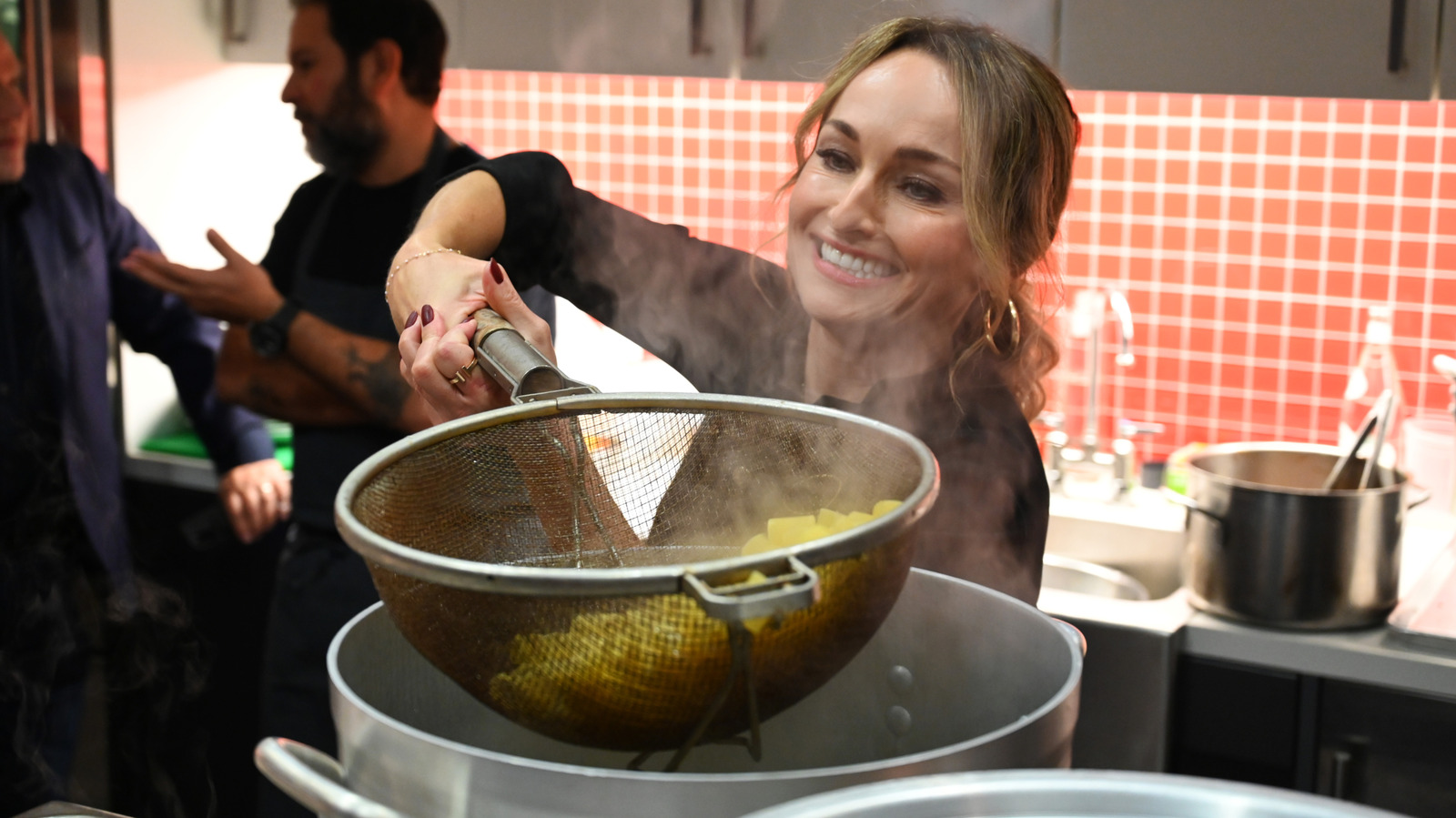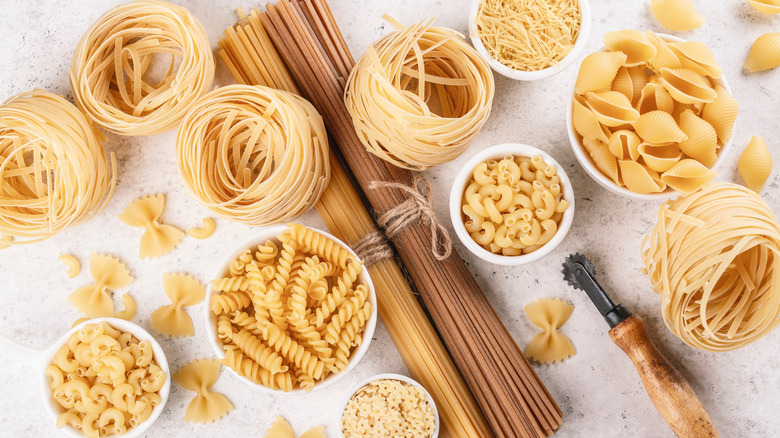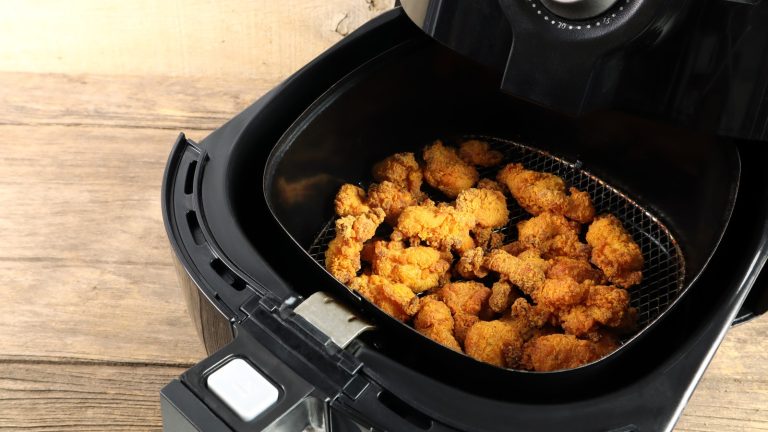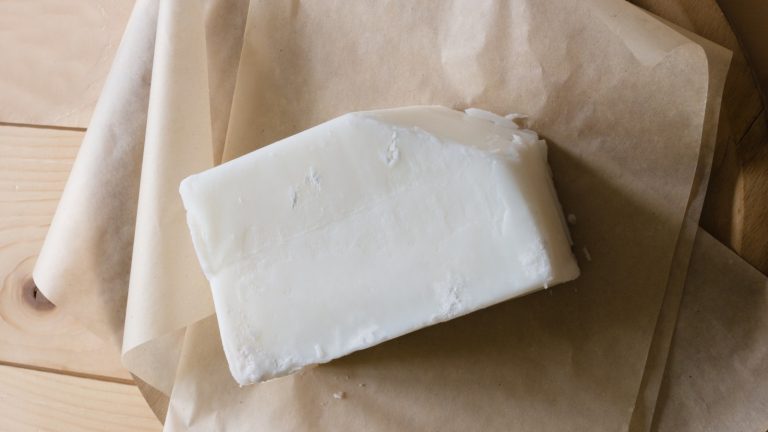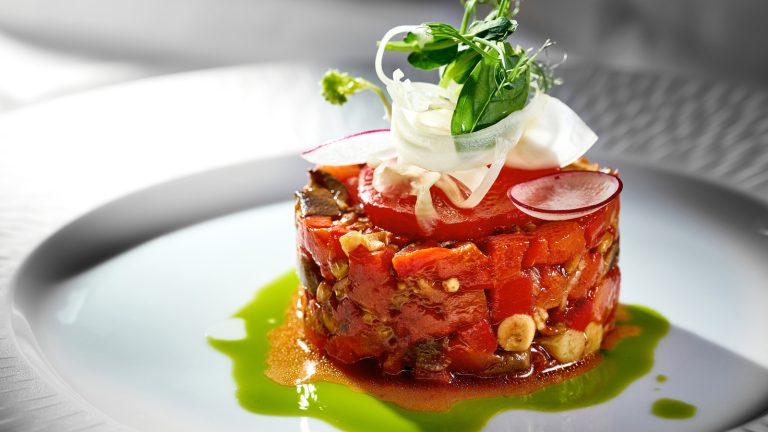Who doesn’t enjoy a comforting bowl of pasta tossed in a delicious sauce for an easy weeknight meal or an elegant night in? When it comes to pasta, few can parallel the taste and quality of freshly made pasta. But let’s be real. Not everyone has the time or energy to make pasta from scratch on a regular basis, even if it’s just a two-ingredient homemade pasta recipe. Store-bought pasta offers a convenient solution, with a variety of shapes and brands to choose from. However, not all pasta is created equally.
Celebrity chef Giada De Laurentiis knows a thing or two about selecting the best when perusing the grocery store shelves. Before you blindly grab any box off the shelf, pay close attention to the ingredients list of any dry, store-bought pasta. Checking what’s on the label can take your plate of pasta to an entirely different level of deliciousness. The two pasta ingredients that De Laurentiis recommends on Instagram for authentic flavor and superior quality are durum wheat semolina (or semolina flour) and water; that’s it. A short and simple ingredients list, with no extra additives or preservatives, is the way to go.
Semolina is a type of flour that is made from durum wheat and differs significantly from conventional wheat flour, which is commonly used in baking. The flour itself is coarser in texture, boasts a higher protein content, and is the Italian gold standard for pasta. Pasta made from durum wheat semolina retains starch better than regular wheat pasta when cooked, thereby maintaining its shape for the perfect al dente bite without the noodles clumping together into mush.
How to spot good-quality, store-bought pasta
There is plenty that can go awry when cooking pasta, from picking the wrong pot to using the incorrect cooking time. Choosing the right pasta can make or break the culinary experience, and this applies not only to the pasta shape you choose but also to the quality of the packaged pasta you reach for. In addition to scanning the ingredients label, there is more you can do to ensure that you are stocked up with high-quality pasta that will deliver superior results when cooked and served. Another one of chef Giada De Laurentiis’ pointers, which is also approved by The Pasta Queen herself when choosing store-bought pasta, is to keep an eye out for the following two labels: “bronze cut” and “slow dried.”
Bronze-cut pasta is made by extruding the pasta dough through a bronze sheet and molding it into different shapes. The resulting pasta has a rougher texture with microscopic bumps and ridges that create an ideal surface to help sauces cling more effectively, creating a richer, more flavorful bite. Bronze-cut pasta varieties also have a more handmade feel to them, which is in stark contrast to the glossy, smooth pastas produced from modern Teflon methods. Slow-dried pasta is subjected to a long drying period ranging between 12 and 144 hours, as opposed to the mass-produced approach of fast-drying the pasta under high heat. Because of this, the gluten structure stays relaxed and is easier to digest and absorb. In addition, slow-dried pasta cooks more evenly, guaranteeing a satisfying forkful each time. You also want to avoid pasta that appears artificially bright and waxy — a telltale sign of cheap, mass-manufactured pasta. These tiny details can make a world of difference when put to the final taste test.


